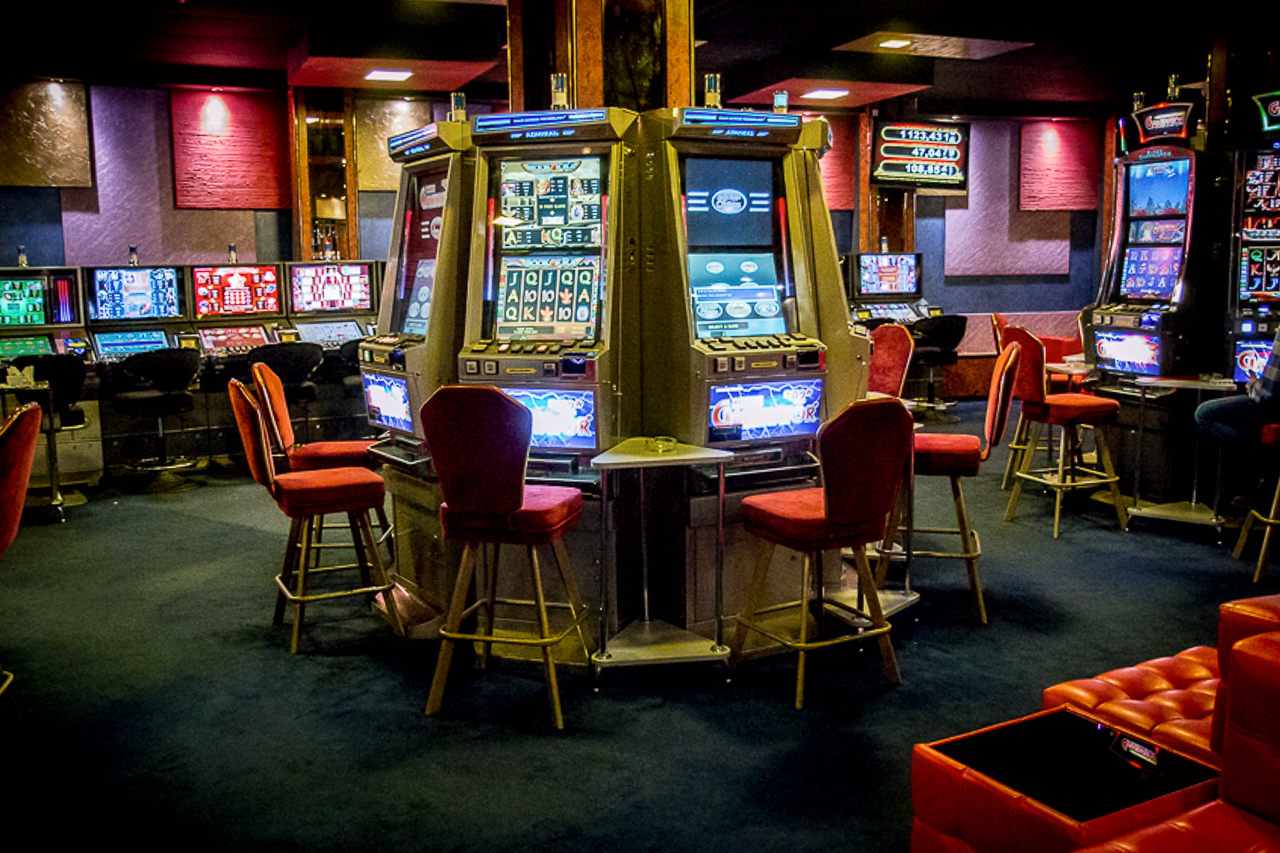
Variance vs Volatility: What Players Can Learn from Slot RTP and Risk Profiles
Most poker players talk endlessly about variance, yet the concept often floats in vague territory—something that “happens to you” rather than something you can measure, anticipate, or even choose. Slot designers, however, make these dynamics explicit. They publish RTP (return to player), volatility bands, and hit frequency, giving gamblers a clear picture of what kind of ride to expect. Poker players can borrow that same clarity to manage their own bankrolls, select formats, and even adjust style.
Variance is not just background noise; it shapes how your profits arrive. Two games with the same expected value (EV) can feel utterly different depending on whether profits drip in consistently or explode in rare bursts. Understanding this difference makes variance less of a villain and more of a design choice.
Translating Casino Math to Poker
Start with simple translations. RTP in casino design is the long-run return to the player after the house edge. In poker, the analog is your edge after rake: your bb/100 for cash, your ROI for tournaments. Where slots publish a house edge, poker hides it in rake and fees. Both take a clean slice off your EV while nudging variance up, because the tax siphons small wins and leaves more of your distribution in the tails.
Slots also publish a volatility index and hit frequency. Poker has no label, but you can express the same ideas with your standard deviation (SD) of bb/100 in cash games or SD of ROI in tournaments, combined with the distribution of pot sizes or finishing positions. Hit frequency maps to how often you realize small and medium pots; a “top-heavy” paytable maps to formats where most profit appears in a small fraction of hands or finishes.
Why Path Matters as Much as Outcome
Identical EVs mask very different journeys. One tournament might yield frequent small cashes, another might deliver long deserts interrupted by rare final tables. Both average the same ROI, but the psychological ride diverges sharply. Players who ignore this difference often tilt or mismanage bankrolls because they bought more variance than they can stomach.
Variance itself is measurable. A high standard deviation means bigger swings around your average. By calculating your confidence intervals over realistic sample sizes, you get a sense of how wild the ride can be. That knowledge lets you decide whether a given format matches your mental and financial tolerance.
The Rake Effect
Casino tax is visible in slots as the house edge, but in poker, it lurks inside rake and tournament fees. Rake disproportionately punishes small and medium pots. That means formats where you realize edge mainly through lots of modest wins will feel swingier than their raw EV suggests. Recognizing how rake amplifies variance can guide you toward structures and stakes where your edge expresses more cleanly.
Profiling Your Poker Volatility
Borrowing from slot design, you can label your own risk profile:
- Low-volatility poker resembles formats with frequent, smaller payoffs: curated cash games, single-table SNGs, or structures where ICM discipline pays steadily.
- Medium-volatility poker sits in between: mid-stakes MTTs with flatter payouts.
- High-volatility poker echoes top-heavy slots: large-field MTTs where most EV hides in rare deep runs.
Defining your spot on this spectrum isn’t academic—it shapes bankroll rules, quitting strategies, and even weekly scheduling.
Bankroll Design
Think of your bankroll as a volatility buffer. Low-volatility play can run safely with smaller multiples of buy-ins, while high-volatility formats demand deeper cushions. Using standard deviation, you can build ranges: maybe 20–40 buy-ins for low-vol games, 80–150 for spiky fields. Kelly betting theory provides an upper bound, but most players prefer half-Kelly or less for sanity. The key is not the “perfect” number but matching bankroll depth to volatility band.
Turning Math Into Behaviour
Numbers only help if they translate into actions. That means:
- Move-down rules when your bankroll dips.
- Quitting criteria keyed to volatility—stop-losses or session caps.
- Review protocols that compare actual results to expected ranges.
These structures prevent variance from dictating your mood or bankroll trajectory.
Building a Volatility Playbook
One helpful exercise is drafting a one-page “operating manual” for your poker. Include:
- Your long-run EV metrics (bb/100 or ROI after rake).
- Your volatility metrics (SD, payout concentration).
- Bankroll ranges.
- Behavioural rules (move-down, quit points).
Add a few stress-test scenarios—what happens if you lose 100 buy-ins in a downswing? Seeing it spelled out reduces panic when reality inevitably throws a bad run your way.
Anchoring with Labels
Finish by aligning your choices with your label. If you label yourself low-vol, you prefer curated cash, smaller field SNGs, and lines that often realize edges. If you label yourself mid-vol, mix cash and mid-sized MTTs with disciplined ICM play and a bankroll in the mid ranges. If you choose high-vol, build a larger bankroll, adopt strict move-down rules, and design your week around managing deserts and capitalizing on deep-run windows.
The power of this approach is not math for math’s sake; it is a commitment to pick your path consciously. Casino designers use RTP and volatility labels to communicate the ride. Poker players can do the same. When you internalize how slots balance hit rate, payout concentration, and big-win frequency, you carry a clearer mental model into every lineup, stake, and schedule. That clarity lets you buy the kind of variance you actually want—and stop paying for the kind you don’t.
Closing Thought
Variance is unavoidable, but it isn’t unmanageable. By treating volatility as a conscious choice—just as slot designers do—you gain agency over your poker journey. You stop being a passenger on variance’s rollercoaster and start steering the ride.
